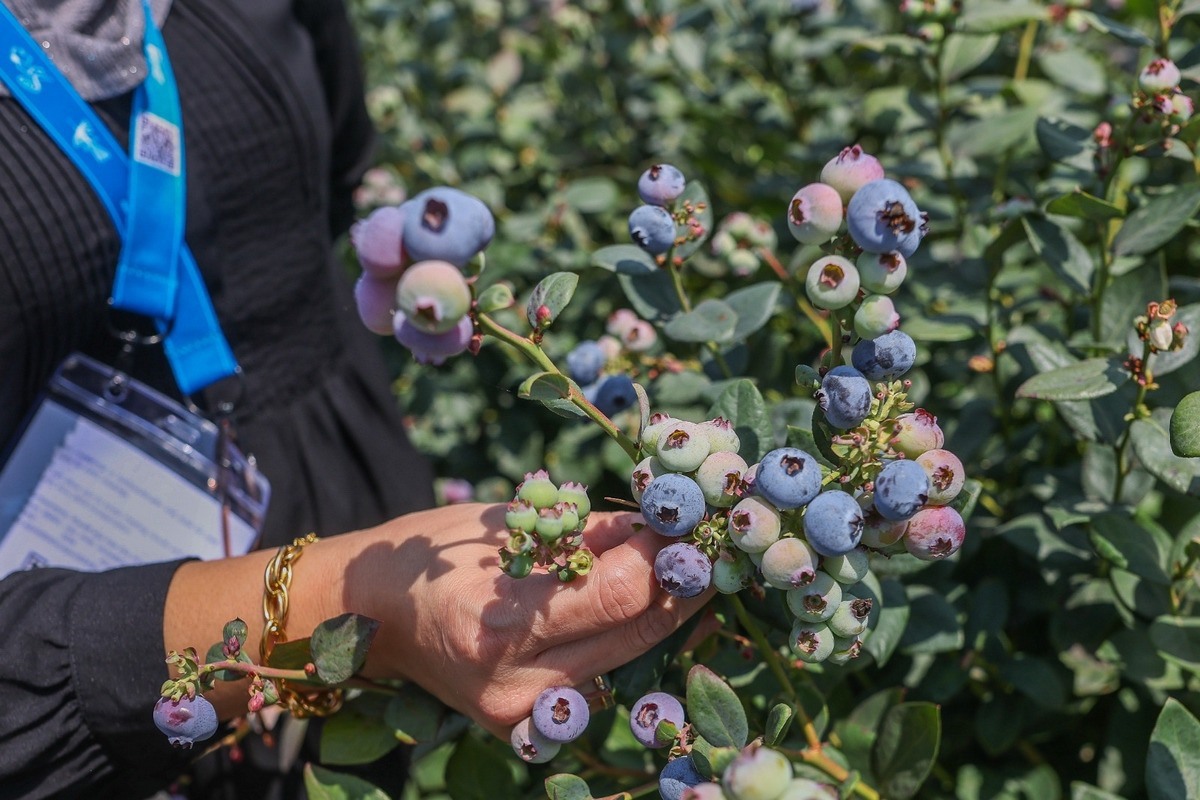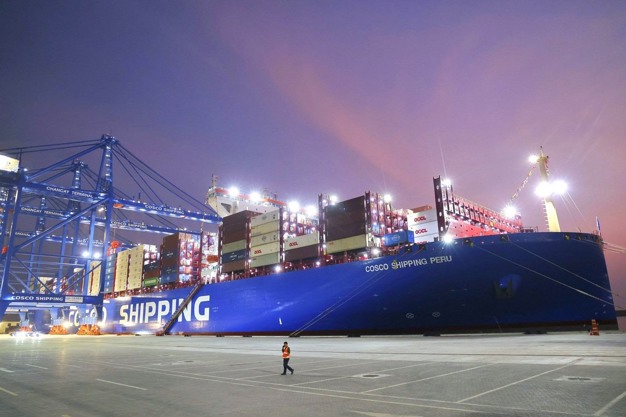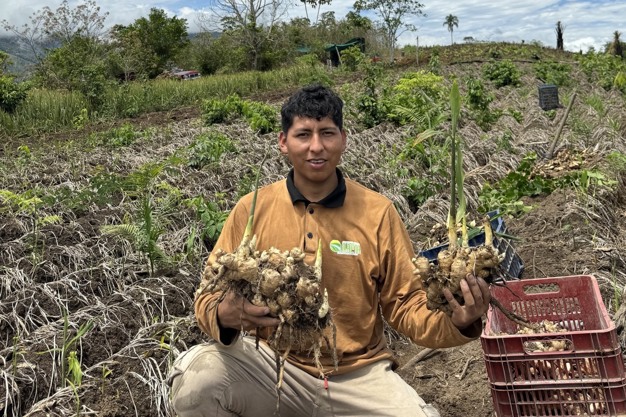While Peruvian mandarin shipments to overseas destinations doubled from 20,000 tons in 2005 to 40,000 tons in 2013, exports truly picked up pace in the following eight years, reaching 200,000 tons by 2020. “The reason for this impressive growth was the introduction of modern easy peelers varieties, particularly the Nadorcott and Tango,” says Alfonso Rizo-Patrón, a member of Procitrus, the Association of Citrus Producers of Peru, and vice president of CPF, the Fruit Producers Consortium S.A.
However, as Alfonso Rizo-Patrón recalls, the beginnings of Peru’s citrus exports date back to the ’90s, when “we started exporting limited quantities of table oranges, mainly of the Washington Navel variety. The quality was excellent, but the Citrus Tristeza Virus (CTV) arrived and wiped almost everything out. And when the European market later opened up for Peruvian citrus, Peru started exporting mainly Satsuma mandarins.”
“At that time, the government promoted the development of the fruit and vegetable sector, not only for international marketing, but also to facilitate the supply of Peruvian fruits and vegetables to the domestic market, and this attracted many investors, also to the citrus sector. Indeed, in the early 2000s, there was a very significant growth of the acreage planted with citrus. In 2009, when I joined the sector, I remember that very high-quality Satsuma mandarins were being exported to the United Kingdom and the Netherlands, but it was not until a producer started cultivating the W. Murcott variety that everything changed. In just over ten years, about 6,000 hectares were planted with W. Murcott and Tango. Meanwhile, many plots of Satsuma mandarins, whose productions today are mostly intended for the domestic market, the United Kingdom and Canada, have been replaced by Nadorcott and Tango.”
Full article in FreshPlaza
FreshPlaza Special on Peru (May 2024)



0 Comments